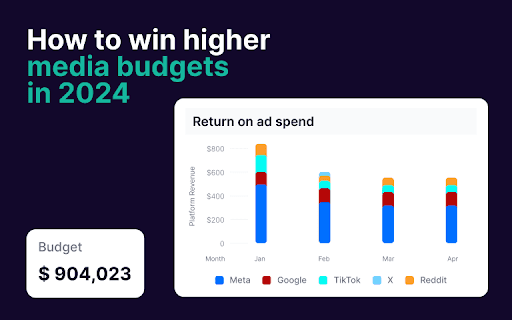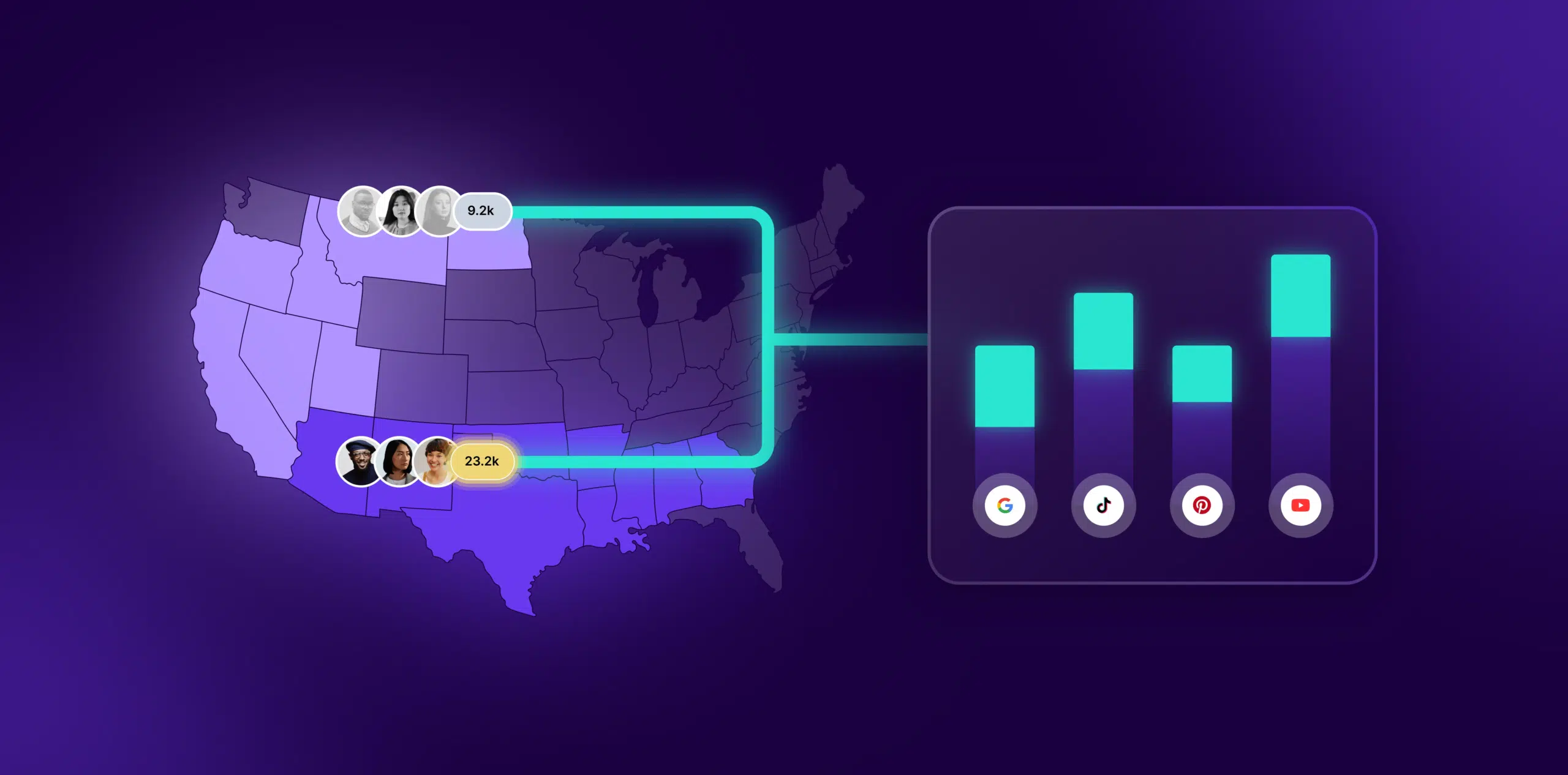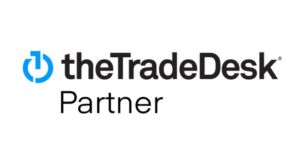Agencies often find themselves in a tight spot, balancing client expectations with the hard reality of limited funds. The challenge isn’t just about getting more money; it’s about proving that every dollar spent is a wise investment. In this guide, we will dive into everything that will help you win more budgets – from the right tools and strategies to the approaches you can take to conquer them.
Discover more Guides
You may also like






















































